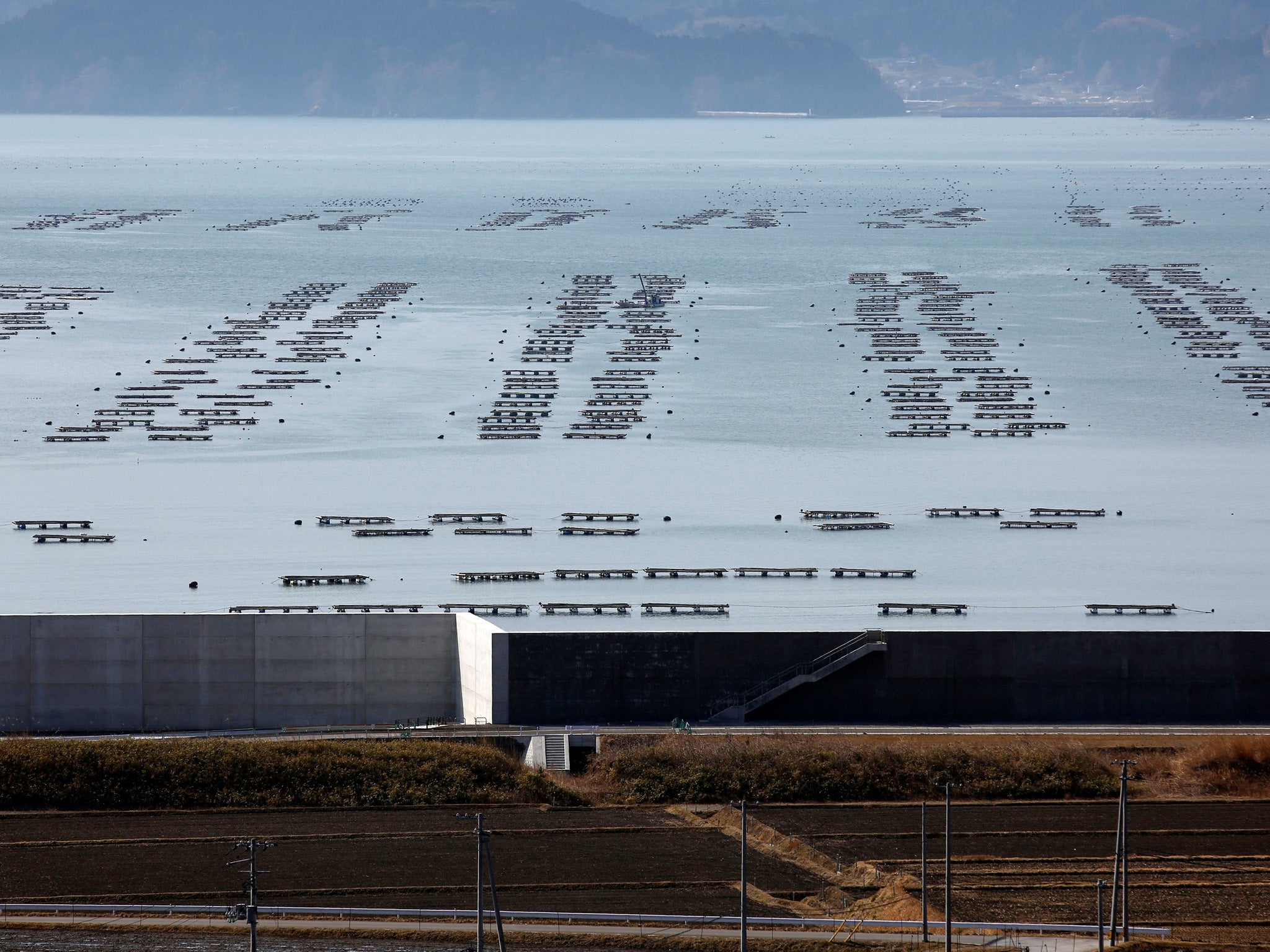From reproductive rights to climate change to Big Tech, The Independent is on the ground when the story is developing. Whether it’s investigating the financials of Elon Musk’s pro-Trump PAC or producing our latest documentary, ‘The A Word’, which shines a light on the American women fighting for reproductive rights, we know how important it is to parse out the facts from the messaging.
At such a critical moment in US history, we need reporters on the ground. Your donation allows us to keep sending journalists to speak to both sides of the story.
The Independent is trusted by Americans across the entire political spectrum. And unlike many other quality news outlets, we choose not to lock Americans out of our reporting and analysis with paywalls. We believe quality journalism should be available to everyone, paid for by those who can afford it.
Your support makes all the difference.
Read more
The Japanese oyster industry is facing a crisis as mass die-offs sweep through one of the country’s most important aquaculture regions.
Farmers in Hiroshima prefecture – Japan’s top producer of farmed oysters – are reporting catastrophic losses while authorities are struggling to pinpoint what is wiping out the shellfish.
Producers in Higashihiroshima and Kure in particular have been sounding the alarm about oysters dying before reaching maturity ever since the harvest season began in October.
According to the prefectural authorities and the farm ministry, 80-90 per cent of cultivated oysters in some areas are dead, wiping out months of work and leaving growers deeply anxious about their livelihoods.
While the exact trigger remains unknown, experts and fisheries officials are examining a wide range of possibilities.
The farm ministry notes that the phenomenon may be influenced by unusually high seawater temperatures, shifts in salinity, or reduced oxygen levels – environmental changes that can place severe stress on shellfish.
Researchers are also looking at whether pathogens or harmful algal blooms may be involved as both have been responsible for sudden losses in aquaculture elsewhere, according to Seafood Media.
Farm minister Norikazu Suzuki visited Higashihiroshima on Wednesday to examine the damage firsthand, according to Kyodo News.
He was briefed by aquaculture operators who described the scale of their losses, in some cases around 90 per cent of their stock.
He also spoke with Hiroshima’s governor, Yuzaki Hidehiko, and representatives of a local fishers’ cooperative who handed him a formal request for a rapid investigation into the cause of the die-off as well as financial aid for the affected farmers.

File. Oyster farm at Hirota Bay in Rikuzentakata, Iwate prefecture, Japan (Reuters)
Speaking to reporters after the tour, Mr Suzuki said witnessing the devastation directly made clear the seriousness of the emergency.
The minister emphasised the need to find out why oysters were dying off, NHK Japan reported, and said the central government would coordinate with local authorities to support the affected farmers.
The crisis appears to extend beyond Hiroshima. Oyster deaths are being reported from parts of neighbouring Okayama prefecture as well as Hyogo to the east, Mr Suzuki said earlier.
All three prefectures border the Seto Inland Sea, a major hub for oyster farming that is now under scrutiny as authorities look for patterns in the mortality reports.
